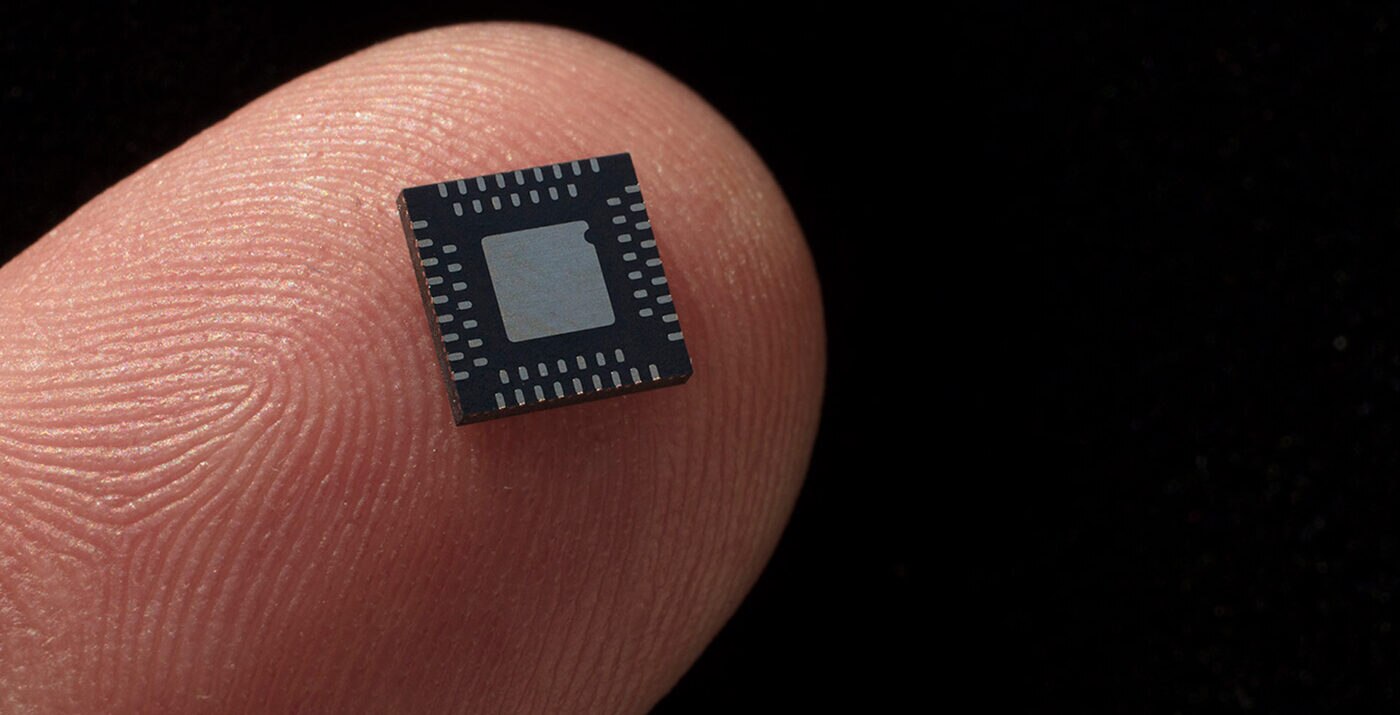For Low-power SoC Design, Arm Flexible Access Changed the Game

From an engineering standpoint, the world of extreme low-power SoC design is fantastically challenging. From energy-harvesting technologies to “forever batteries,” engineers continually push the boundaries of physics. Previous triumphs such as voice-activated personal assistants that have weeks of battery life serve as foundations for future applications we’ve not yet dreamt of.
It’s in this world of low-power SoC design that our company, Atmosic, is clearing new paths into the future, a few millivolts at a time. We’re a three-year-old Silicon Valley startup whose mission is to create battery-free, forever-battery and extended battery-life connectivity solutions for the Internet of things (IoT), based on three key technology prongs: Lowest-power radio, on-demand wakeup and controlled energy harvesting. Our advisory board is packed with legends of the industry, including John Hennessy, former Stanford University president and co-creator of the RISC architecture, and Teresa Meng, founder of Atheros Communications.
Let’s talk about some of the greatest low-power SoC design challenges of today, especially in the context of the IoT. Imagine you create a device such as a beacon, and it has a chargeable battery. You can use solar or RF to turn on the device, and then trickle charge its small battery with harvested energy. Net: the device is working off the sourced energy but is also backed up by the battery as well.
For an application example, consider a battery-free human-interface device solution: It can harvest energy from ambient light, or, it can harvest energy off an RF signal or a tiny transducer.
Squeezing the power in low-power SoC design
Wireless connectivity is core to the Atmosic engineering team’s low-power SoC design expertise. It is here where innovation has been leveraged to create products such as the Atmosic M2 and M3 series devices, based on Bluetooth 5 and Arm Cortex-M. Products in the M2 series, the ATM2201 and ATM2221, draw just 1 mA of power at 3V in receive mode and 2.5mA in transmit mode. Using Arm Cortex-M technology in these products brings an enhanced level of efficiency as a controller for our energy harvesting, Bluetooth Low Energy, on-demand wakeup and sensor hub modes.
This type of connectivity technology has yielded success in applications such as asset tracking, wayfinding, human-interface-devices like remote controls, keyboards and mice, smart home sensors, industrial sensors, and most recently, contact-tracing applications.
Given its early successes, the Atmosic team aspired to be even more nimble in its product development and started exploring technologies and applications where Atmosic’s ultra-low-power solution could bring a paradigm shift, enhancing user experiences and power efficiency.
Transforming low-power SoC design
How did we arrive at this innovation point? New products entering the industry face many challenges. They not only need to showcase technological benefits but also need to smooth customer experiences as much as possible. We continuously strive to provide an interface that is simple and familiar to the user. This way, customers don’t have the initial inertia of needing to figure out something new. This helps them gain confidence and improves their product’s time to market.
Given these two challenges, Atmosic set out to consider a number of different microprocessor IP options for low-power SoC design: Arm, its competitors and offerings from the open-source community.
Designing a product requires enormous precision, and while open-source options are alluring given the potential cost savings, they can be risky. We must be precise when choosing the core, the memory, the interfaces, and clock speed because it can take significant time and effort to develop a product. This care must be balanced with speed. Startups need to roll out products at a faster cadence, to meet customer demand, gain traction in the market and compete successfully. In addition, the longer it takes to develop the product, the more expensive it’ll be from an engineering-resources standpoint.
With open-source, you place an enormous burden on the engineering team to develop everything from scratch. They must design the architecture with limited information, design the back-end and test software component changes. If the team wants to change cores, everything must change – hardware, software, the debug environment and more. So, while open source may seem cost-effective on the surface, the engineering investment to use it may well exceed the initial perceived savings.
In 2019, just as we were exploring our low-power SoC design options, Arm launched Arm Flexible Access. It was the obvious choice for our needs, giving Atmosic low- to no-cost upfront access to a wealth of IP, design and debug tools to try new designs and approaches—and we’d only pay for the final design when we came to tape-out.
Design freedom with Arm Flexible Access
Having the freedom to experiment in low-power SoC design has been game-changing for Atmosic. Our engineering team can run an FPGA with an Arm Cortex-M23 image or a Cortex-M4, for example, and do various simulations without losing development time or paying up-front NRE (non-recurring engineering costs), avoiding lock-in to a particular CPU.
Arm Flexible Access has also made it very easy for startups like ours to make decisions. For example, the team might start out a low-power SoC design using an Arm Cortex-M4 and then need to change the CPU just before tape-out. Thanks to the design freedom that comes with Arm Flexible Access, engineering can pivot without financial consequence. The team has a few weeks or a month to change course with little risk or penalty. This delivers peace of mind to decision-makers on the development side.
What’s more, all the information we’ve needed on software, firmware, hardware and security has been accessible via the self-serve Flexible Access portal. It’s like an encyclopedia: we’ve never had need for more information than what’s already published on the portal. And when we’ve run into more specific or difficult questions related to low-power SoC design, we know that Arm’s experts are never too far away.
For more information on how to take advantage of expanded design flexibility in your low-power SoC design project, visit Arm Flexible Access.
Any re-use permitted for informational and non-commercial or personal use only.












